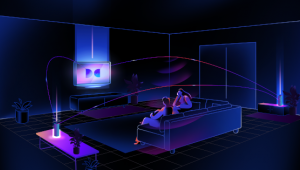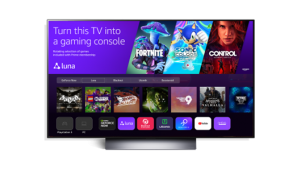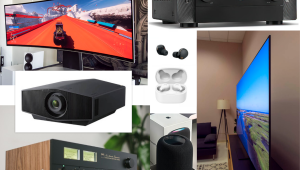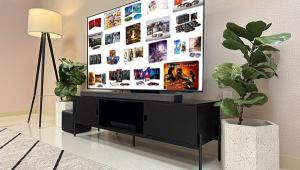- REVIEWS
Displays Electronics 
Speakers Sources 
Other Gear Software - TOP PICKS
- HOW TO
How To Buy 
How To Use 
Tech 101 - BLOGS
- NEWS
- FEATURES
- INSTALLS
Custom Installation - SUBSCRIBE
Telescopic Pixel Display Saves Light, Power
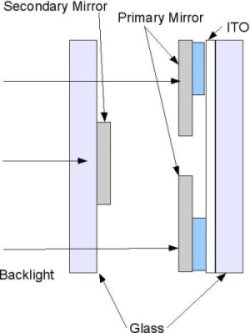
The telescopic pixel display builds each pixel out of two opposing mirrors, primary and secondary. When voltage is applied, the primary mirror changes its shape into a parabola, focusing light on the secondary mirror. Light then exits through a hole in the secondary mirror, becoming visible to the viewer. When no voltage is applied, as in the diagram shown here, the two mirrors are parallel and no light escapes.
The technology transmits 36 percent of the backlight's output, versus just 5 to 10 percent in normal LCD displays. With tweaks, it may eventually use more than half of backlight output. Response time is also quicker than regular LCD. The downside is contrast, which at 20:1 is way behind existing commercial display technologies. But researchers hope to make improvements, and manufacturing would use existing photolithography and etching techniques. Could this be the next big thing in LCDs for computing and video?
See coverage in ArsTechnica and Nature Photonics.
| Displays Electronics Speakers | Sources Other Gear Software | Top Picks of the Year Top Picks | Custom Install How To Buy How To Use |
Tech 101
|
Latest News Features Blogs | Resources Subscriptions |
WHERE TECHNOLOGY BECOMES ENTERTAINMENT
 © 2025 Sound&Vision
© 2025 Sound&VisionAVTech Media Americas Inc., USA
All rights reserved









